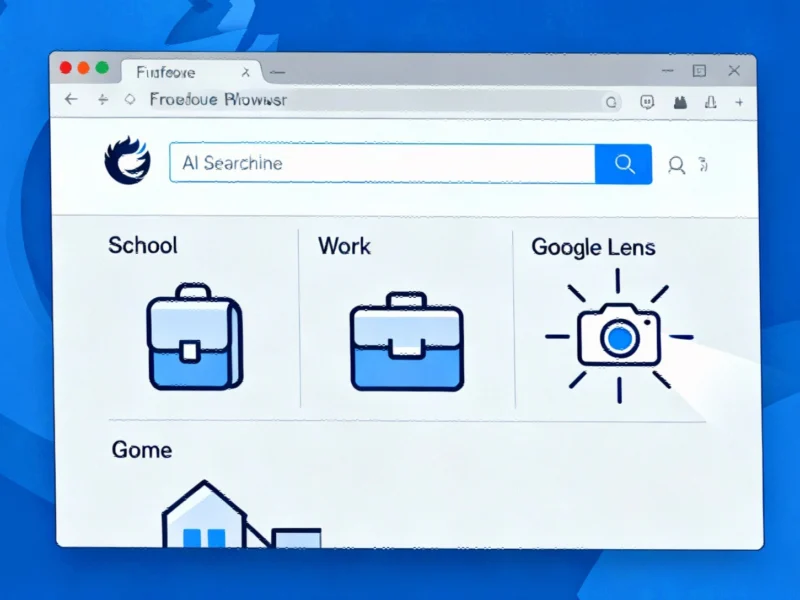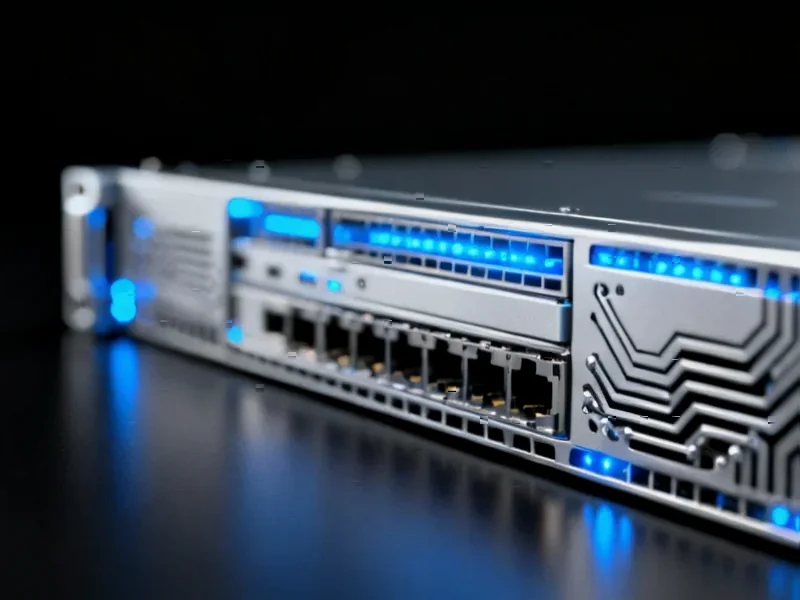Btrfs Integration Marks Strategic Shift
AlmaLinux is reportedly incorporating Btrfs file system support into its upcoming 10.1 release, according to development team announcements. Sources indicate this represents a significant departure from Red Hat Enterprise Linux’s approach, which deprecated Btrfs in 2017. The beta release now enables installations using Btrfs instead of the traditional XFS+LVM configuration, though it remains an optional rather than default selection.
Table of Contents
Technical Advantages and Enterprise Features
Industry analysts highlight that Btrfs delivers modern Copy-on-Write architecture with enterprise-grade features. Davide Cavalca, a production engineer for Meta’s Linux userspace, explained in technical documentation that the system provides “snapshotting, built-in volume management, checksumming for data and metadata, transparent compression and efficient copying via reflinks.” The report states these capabilities lead to “better performance for most common workloads and stronger resistance against bitrot and other potential issues with the underlying storage medium.”
Market Fragmentation and Competitive Positioning
The inclusion of Btrfs support reportedly reflects widening divergence in the enterprise Linux landscape, which began accelerating when Red Hat transitioned CentOS Linux to CentOS Stream. This shift prompted the emergence of several RHEL-compatible alternatives including AlmaLinux, Rocky Linux, and Oracle Linux. Industry observers suggest AlmaLinux’s embrace of Btrfs could provide competitive differentiation against distributions that continue avoiding the file system technology.
Implementation Timeline and Future Development
According to project communications, initial Btrfs implementation focuses on installer and storage management components, with broader software collection support planned for future updates. The feature is currently available in AlmaLinux OS 10.1 beta and the non-production AlmaLinux OS Kitten preview environment. Development teams indicate this strategic integration demonstrates AlmaLinux’s commitment to providing flexible, modern infrastructure solutions while maintaining binary compatibility with RHEL.
Industry Implications and User Impact
Technical analysts suggest this move could influence enterprise adoption patterns, particularly for organizations requiring advanced storage features that Red Hat currently excludes. While Btrfs originated at Oracle for hardening Linux storage capabilities, its adoption by AlmaLinux represents another chapter in the ongoing evolution of enterprise Linux options. The development community reportedly views this as evidence of healthy ecosystem diversification following Red Hat’s controversial licensing changes.
Related Articles You May Find Interesting
- UK Regulators Take Aim at Apple’s Walled Garden With Strategic Market Status Dec
- New Slip-Resistance Testing Device Aims to Enhance Workplace Safety Standards
- Apple Unveils Next-Gen Vision Pro Developer Strap with 40x Faster Data Transfer
- Microsoft’s Next-Gen Xbox Strategy: Premium Hardware and Cross-Platform Vision S
- Ex-OpenAI Safety Expert Alarmed by AI Chatbot’s Role in User’s Mental Health Cri
References & Further Reading
This article draws from multiple authoritative sources. For more information, please consult:
- https://almalinux.org/blog/2025-10-21-announcing-btrfs-support-in-almalinux-10-1/
- https://lore.kernel.org/lkml/3ik3h6hfm4v2y3rtpjshk5y4wlm5n366overw2lp72qk5izizw@k6vxp22uwnwa/
- http://en.wikipedia.org/wiki/AlmaLinux
- http://en.wikipedia.org/wiki/Btrfs
- http://en.wikipedia.org/wiki/File_system
- http://en.wikipedia.org/wiki/Linux
- http://en.wikipedia.org/wiki/Operating_system
This article aggregates information from publicly available sources. All trademarks and copyrights belong to their respective owners.
Note: Featured image is for illustrative purposes only and does not represent any specific product, service, or entity mentioned in this article.



